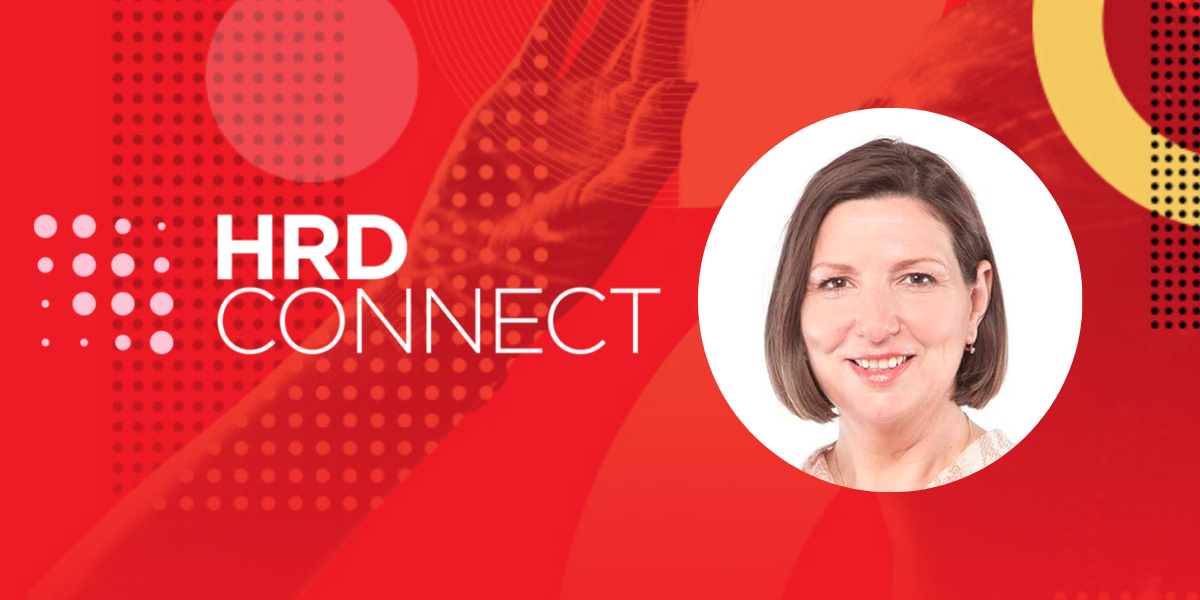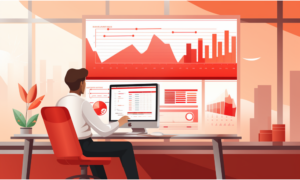Why creativity belongs at the core of workplace culture
- 6 Min Read
The leading design firm’s global HR director outlines the importance of encouraging employee creativity while working on world-leading projects
- Author: Charlotte Sword
- Date published: Oct 7, 2021
- Categories

Across sectors, today’s organisations require a level of flexibility, originality and responsiveness in all levels of the workforce, to help tackle pressing challenges and opportunities in a historically disrupted economy. That said, how can organisations best attract creative professionals? In what ways can workplace culture, particularly in hybrid conditions, encourage this quality? Plus, what differentiates organisations that encourage a culture of creativity from organisations that don’t?
Charlotte Sword FCIPD, senior partner and global HR director at Foster + Partners, explains how her HR team helps to engage and inspire highly creative employees. With over 25 years of experience in HR, prior to joining the leading design practice, Sword held senior positions in industries including construction and broadcast media; Sword holds qualifications from Oxford Brookes University. With a diverse set of skills and professional interests, Sword cites reward, talent management and change, and employee relations as her specialities.
Founded in 1967, Foster + Partners is one of the most innovative design practices in the world. Over the course of its history, the company has pioneered a sustainable approach to architecture through a wide range of work.
We’re responsible for iconic buildings, such as 30 St Mary Axe, also known as The Gherkin, in London, the Apple Park in Cupertino and the Hearst Tower in New York, plus our work on historic structures like The British Museum and the Reichstag in Berlin. We have over 1,500 people worldwide that we look after, including 1,100 in what we describe as our London campus.
Understanding and engaging with creative people
How does HR begin to engage and inspire creative people? For a start, there’s lots of different people and professions working for us – not just architects, but also engineers, industrial designers, model makers, film makers, artists, as well as sound and lighting engineers – and many others besides. And the one thing that they all have in common is that they don’t want to feel at all “corporate” in the way they think, act and behave.
When I joined the practice eight years ago, HR was an admin/contract function. We’ve worked hard to develop a people strategy which goes with the grain of what creative people do like to do. And one thing that they really like to do is to benchmark the progress of the company – and this is why we have a keen focus on collecting, analysing and creating strategies with data.
The importance of benchmarking to drive success
Benchmarking is fundamental to HR best practice for two very good reasons. Firstly, the very best need and want to know how they compare with others. Top Employers Institute research reveals that 91% find benchmarking data useful, while 78% say it helps them to keep track of HR trends.
Secondly, the ability to benchmark is only as good as the action that follows from it. And here the research shows that 86% of leading employers say it helps them to improve their reputation as an employer of choice.
Foster + Partners have used benchmarking to ask some big questions: How do we improve our feedback? How do we compare with our peers? And it helps us to challenge ourselves every year. What are we doing well? What are we not doing, but could be? In which areas should we push forward? Benchmarking has been incredibly successful for us in making the case for change where needed.
The battle for engagement and starting conversations
The battle for the engagement of our people, when going through change, begins by starting exciting conversations. We never used to do surveys, but now we do a lot of “pulse checks” around our culture to get people at the practice talking about an issue.
A good example of this is our diversity and inclusion strategy. Acting as a catalyst for lively conversations really helps us to see initiatives that we should be pursuing to encourage under-represented groups into our company. For us, it’s all about getting the conversation going – and then letting the excitement and ideas flow.
The way in which we do this is also very important. Our architects and designers don’t really want written documents and policies from HR. When you’re working with creative people, you need to drive their interest and engagement in more imaginative ways. So instead, we try to bring them to life through videos and e-learning programmes.
Commitment, well-being and prioritising mental health
To sustain engagement also means fully understanding the commitment of our workforce. When our people get passionate about a design project, they go that extra mile for their client. We need to make sure we are creating an environment in which they can do this, but in a healthy and responsible way.
This is a high-pressured environment and so a clear focus on wellbeing is crucial – and this is appreciated by employees here. During the pandemic, for example, we ran a programme for Mental Health First Aiders. It was very quickly filled up and we now have 60 of them at the practice.
We also set up very popular sessions with independent counsellors and psychiatrists, and we have access to a virtual GP. It’s the same with physical wellbeing initiatives. We have people doing all sorts of things, including Zumba, yoga, pilates, reiki and reflexology. We even have military fitness sessions going on in Battersea Park.
The power of connection to build the organisation
Finally, connection of people and ideas is such an important driver of engagement. We have a constant movement of people around our campus. To call it a campus is an appropriate because we really are a learning organisation – many of our senior staff have maintained direct links with universities and still lecture there.
The campus is where design and collaboration really take shape and is important for our people and culture. It’s designed to make connection easy, whether that’s in the restaurant, our garden, or in our library, where we have the best architectural design books in the world.









